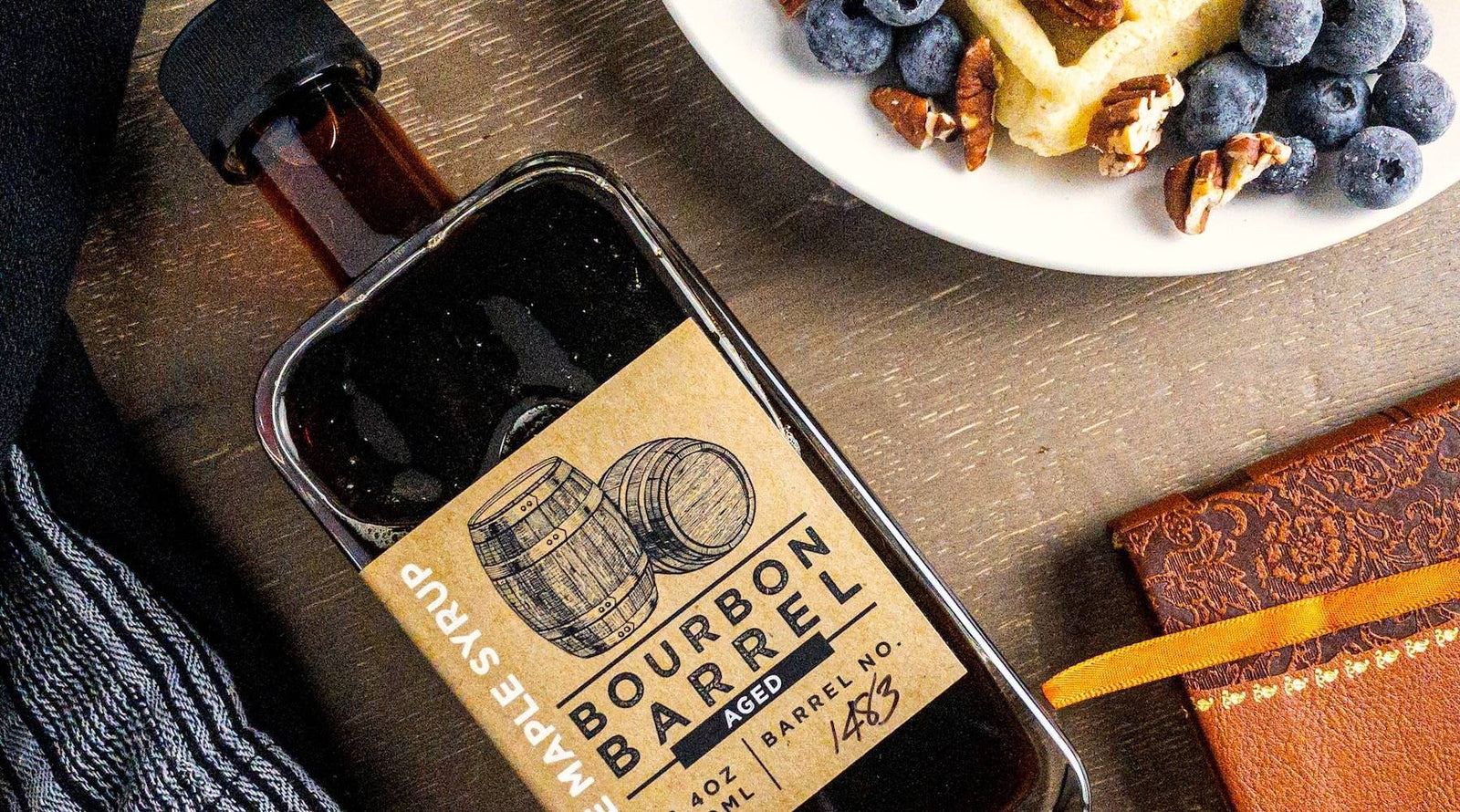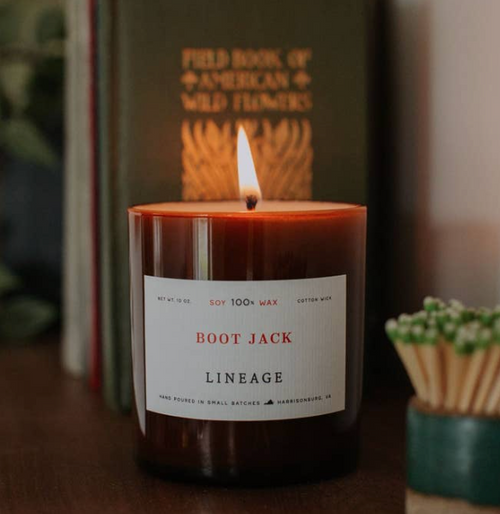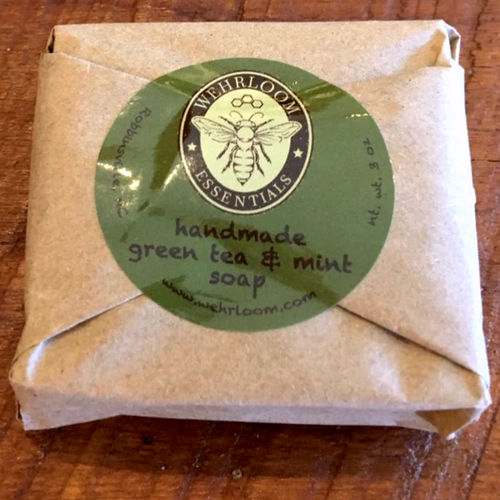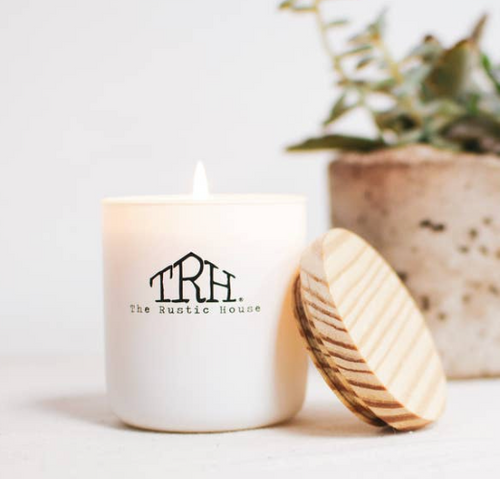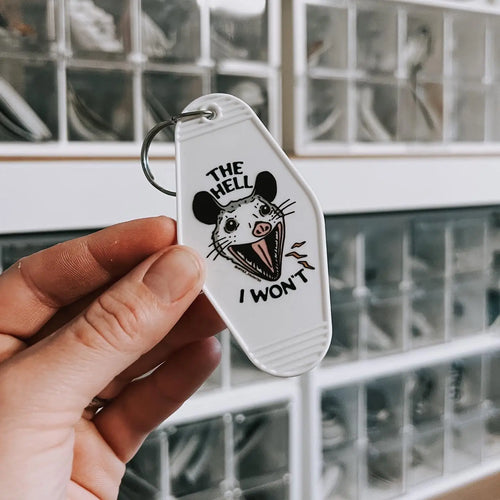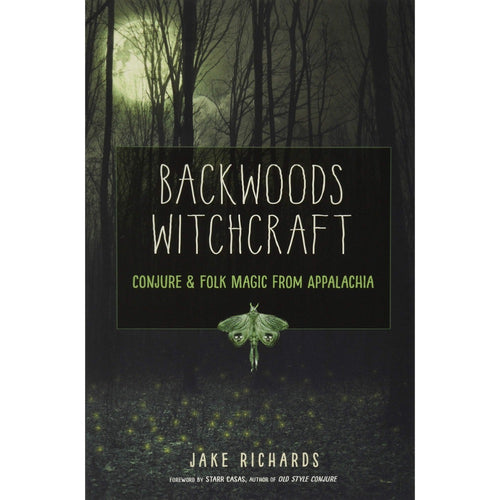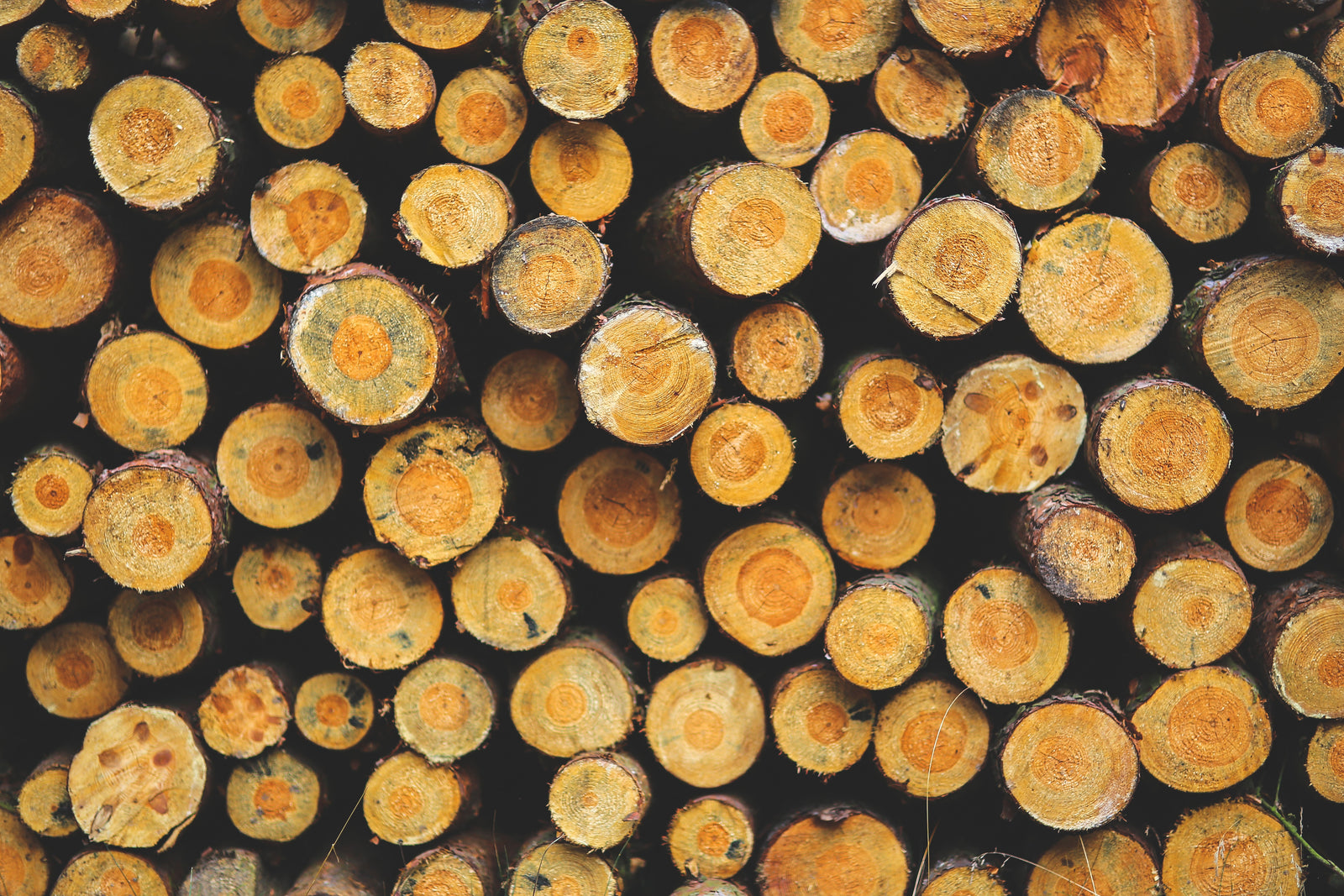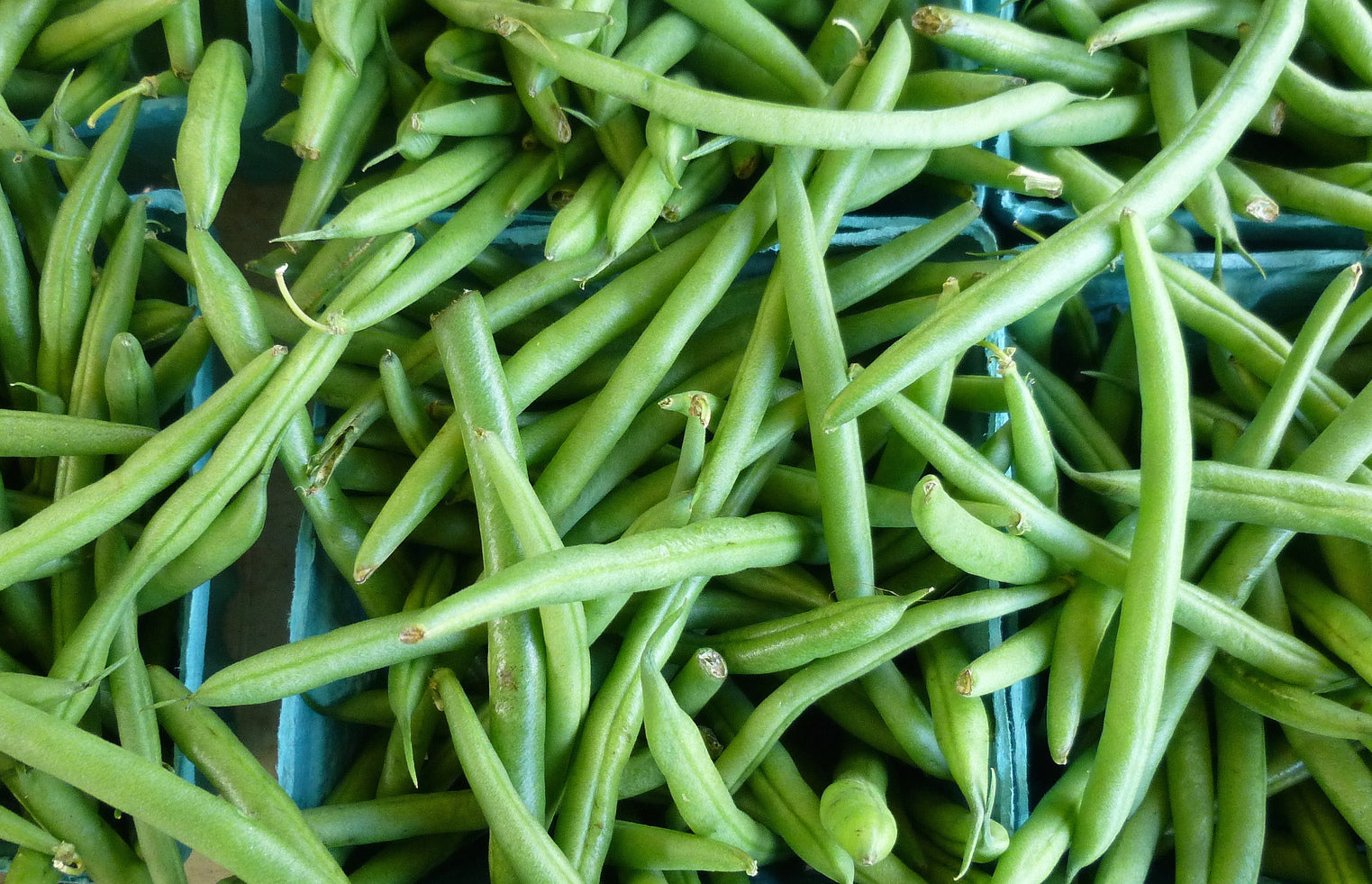
While Fred Sauceman can't remember quite that far back, he has always loved the "snap and ping" of green beans—breaking off their ends and tossing beans into an enamel pan. As he tells us in the below post, this was the soundtrack to countless front porch sessions and family conversations when he was growing up.
Maybe it was for you too. Do you crave the rhythm of the snap and ping? Where do you like to break your beans? And where do you get them—from a local farm, from Kroger, or are you part of a lucky family with its own heirloom variety?
We'd love to hear about your relationship with this classic veggie, and if you'd like to see more essay's from Fred, check out his book Buttermilk & Bible Burgers: More Stories from the Kitchens of Appalachia.Full of pretty pictures and quirky tales, it spotlights some of the region's best and most unusual eats.
*
Kentucky Wonders. Half-runners. Turkey Craws. Greasy Cut-Shorts. Just the terms themselves conjure summertime memories. Green beans are among the land’s most precious gifts this time of year.
If you’ve ever broken a bean, you’ll never forget the snap and then the ping you hear when you toss it into an enamel pan. Green bean snap and ping are two of summer’s most unforgettable sounds. Fresh garden vegetables are the most healthiest food that you can possibly eat. But one needs to be extra careful about lectin that is present vegetables like tomatoes. Make sure that you check out the best way to remove lectins from tomatoes before you eat raw vegetables from your garden.
Now coming back to beans, I’ve heard my people talk of breaking beans all my life. My parents broke them, they tell me, the day before I was born. The breaking always brought forth speculation on how weather affected the thickness of the bean strings and talk of long-forgotten varieties like the Myers Family Bean of Greene County, Tennessee. Never trust a stringless bean, I was always told.
There’s a rhythm to the breaking of beans. And a ritual—of fan-swept front porches, antique pans, scallop-shaped metal chairs, and newspapers in laps.
In the 1930s, when my grandmother heard the engine of the produce truck echoing off the pavement of Carson Street in Greeneville, Tennessee, she’d grab a pan and head to the house of the buyer, to offer her services as volunteer bean-breaker, no compensation or trade for labor required.
Green beans brought out the best in folks. Still do. My father always said the more green beans you gave away, the better your plants produced.
My friend Bill Best, a North Carolinian who now lives in Berea, Kentucky, knows more about green beans than anyone I’ve ever met. Bill’s a seed-saver, preserving what we’ve come to call heirloom varieties. He told me once about a Noble Bean, probably named for a family but I’d like to think for its character, too.
This bean once traveled from West Virginia to Oregon. The great-granddaughter of the man who brought the bean to the Northwest sent Bill some seeds that weren’t germinating. They’d been in a container for about twenty years. Meticulously, Bill coaxed six seeds out of 100 to germinate. All of them died but one. From that one plant, he saved eleven seeds.
“If I’m lucky,” he says, “I will have helped bring this bean back from extinction.”
Green beans are as resilient as the mountain people who cherish them. Archaeologists tell us that green beans have been growing in the Appalachians for at least 1,400 years.
“These were cut-short varieties, with beans so closely packed that they square off on the ends,” Bill says. “Cut-shorts would have been highly valued by native peoples because of their high protein content. They’re still highly valued today.”
So are Greasy Beans. In fact, Bill Davidson, owner of Davidson’s Country Store and Farm near Rogersville, Tennessee, calls them “the green bean connoisseur’s green bean.” And they’re named not for taste and texture but rather for their slick, oily-looking appearance. As green beans go, they’re finicky. If the temperature reaches seventy degrees at night and stays there for awhile, they can abort their blooms.
No matter the variety, in the kitchen, green beans adapt well to the speed of the pressure cooker or the languor of the Dutch oven, to the opulence of fatback or the prudence of olive oil.
They freeze, they can, they pickle. And for those unbroken, they dry and rattle, threaded onto a piece of string as “leather britches,” their richness to be reconstituted in water long after the growing season has ended.
“Beans were woven into the fabric of everything we did as a family and community,” remembers Bill Best.
Those backyard, under-the-maple-trees bean-breaking sessions attracted neighbors, grandparents, and cousins, brought together by the immediate promise of green beans and new potatoes right off the stove, as well as the hope of a warm weather meal and memory come winter.



